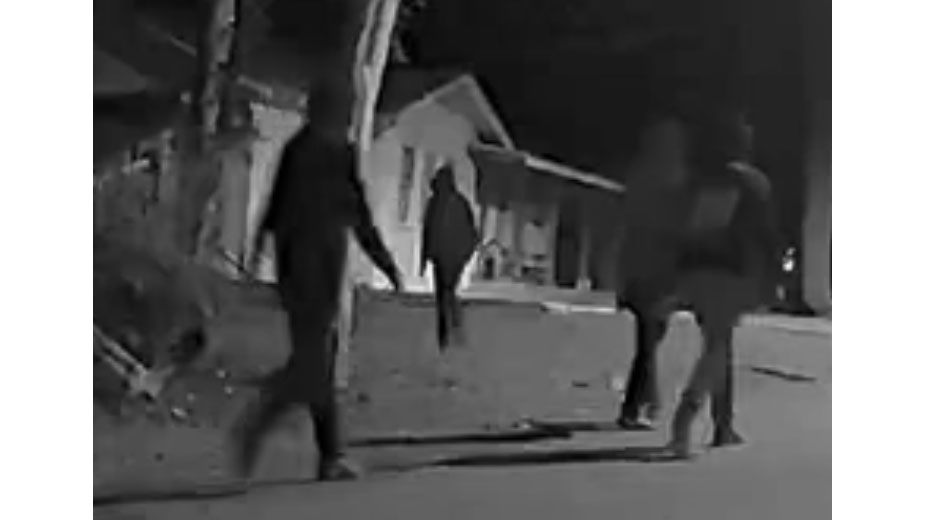A legend laid to rest — Ed Smylie’s daughter scatters the NASA engineer’s ashes in Brookhaven
Published 4:30 pm Monday, May 19, 2025

- PHOTO BY DONNA CAMPBELL Susan Smylie scatters her father Ed Smylie's ashes over his parents' graves in Rosehill Cemetery.
A legend was laid to rest in Brookhaven Monday in a small, quiet ceremony.
Susan Smylie spent a moment in silence alone, took a deep breath, and dusted her grandparents’ graves with her father’s ashes. Then she hopped into her truck with her dog riding shotgun and a U-Haul trailing behind her and headed back home to San Antonio.
Some of Ed Smylie’s ashes will stay here in Rosehill Cemetery with his parents, Robert and Leona Smylie. Some were sprinkled at the Tennessee home he shared with his wife Carolyn. Hers are there now, too.
The ceremony was brief. Susan Smylie found her grandparents’ headstones after a short search. She’d placed flowers there in October on her way through town. It was her first time back since her grandmother died in 1986. It took her a moment to find them again.
She told this reporter a few stories about her dad, a Brookhaven High School graduate who passed away peacefully in late April in Tennessee. She talked about an engineer with a degree from Mississippi State University who is credited with saving the crew of the Apollo 13 on what would have been only the world’s third manned landing on the moon.
As the story goes – and history books confirm it – an oxygen tank explosion in the service module forced the mission to be aborted. The crew, consisting of Jim Lovell, Fred Haise and Jack Swigert, faced life-threatening challenges but ultimately returned safely to Earth.
It was Swigert who saw the flashing warning light after a big bang and said, “Houston, we have a problem here.”
It was Smylie who fixed that problem.
He and his team created a mock-up device using plastic garment stowage bags and duct tape that the astronauts had on board the spacecraft and gave them instructions to make their own. The Apollo crew switched to the new configuration and the CO2 concentration in the capsule dropped within 30 minutes.
Smylie said later in an interview that once he learned that duct tape was available, “I felt like we were home free; one thing a Southern boy will never say is ‘I don’t think duct tape will fix it.’”
Astronaut Fred Haise told The Daily Leader in April that Smylie, besides being a neighbor and friend, was a hero who saved their lives.
“If the carbon dioxide buildup had continued, we could not have survived,” he said.





